Brazilian food is as vast and eclectic as the country itself, the largest in South America. In fact, Brazil occupies half of the continent and is its most populated country, with an ethnically diverse populace. All these factors equal cuisine that is not only exquisite and unique but disparate enough to satisfy even the most discerning gourmet.
Traditional food from Brazil can include haute cuisine found in cosmopolitan cities such as Rio de Janeiro, São Paulo and Brasilia, fresh seafood found in any number of coastal towns and villages along Brazil’s over 4,000-mile coastline or centuries-old indigenous fare from the country’s seemingly endless hinterland, including Brazilian food from the Amazon rainforest, such as world-renowned açaí berries.
But wherever you go in this massive country, you can always find a hearty stew or some of the best barbecue on Earth, as the Brazilians are fanatical about churrasco (grilled meat), and churrascarias (steakhouses) are as plentiful in Brazil as stars in the sky. Furthermore, those with a sweet tooth will be glad to know that Brazilians love their sweets, and use nuts, condensed milk and local fruits such as acai, papaya, passion fruit and guava in a plethora of their desserts.
Brazilian Cuisine
As a former colony of Portugal, traditional food from Brazil has naturally been greatly influenced by Portuguese cuisine. It also relies heavily on other European, Amerindian and African cuisine. However, Brazilian food differs greatly from region to region, due to the immense size of the country and its varied ethnic groups. Keep in mind that some states in Brazil are themselves larger than some major countries in the world. However, there are a few Brazilian staples you will find anywhere you go, including picanha, or premium-cut rump meat, which is typically large enough to stuff a giant; and feijoada, a stew of black beans, sausages and cuts of pork, which is considered Brazil’s national dish.
Picanha
There are many different cuts of meat served in Brazilian churrascarias, but perhaps the most popular is picanha, otherwise known as the “rump cap”. In fact, it is the most prized cut of meat in Brazil. For the picanha uninitiated, this cut tastes a lot like sirloin, as it is tender, juicy and has very little fat. It is so beloved in Brazil that some churrascarias only serve picanha. It is also so tasty on its own that picanha doesn’t require any seasoning other than a bit of salt. Beware, picanha is very addicting.
Brazil Nut
No list of Brazilian food is complete without mentioning the Brazil nut, which in Brazil is just called Pará nut. This world-famous favored nut comes from the wild-growing, long-lived Brazil nut tree, which is indigenous to the Amazon rainforest. Brazil nuts are renowned for their smooth, buttery texture, nutrients and nutty flavour. They are also known to reduce inflammation and cholesterol and support the heart, brain and immune system. Brazil nuts, naturally, are used in a plethora of dishes in Brazil, such as sauces to accompany fish, in smoothies, in cookies and pastries, butter, milk, etc. You can also eat them on their own, either raw or cooked.
Feijoada
Originating in Portugal, feijoada has been stewed to perfection in Brazil since colonial times. The name comes from the Portuguese word for beans, feijão, so, naturally, feijoada contains a lot of beans — black beans in Brazil. Feijoada is typically served with rice, and the aforementioned sausages mixed in include chourico (pork sausage), morcela (blood sausage) and farinheira (smoked sausage). However, there are a plethora of other versions of feijoada made throughout the country, and it is literally made everywhere in Brazil, the fifth largest country in the world.
Moqueca
If you love stew but feijoada is too meaty, then moqueca is for you. Moqueca is a fish or shrimp stew that also includes diced tomatoes, onions and coriander. It can be made from various kinds of seafood. If visiting Bahia state, which claims to have invented this dish, expect to see some palm oil, peppers and coconut milk in your moqueca, which is usually served in a piping hot clay pot.
Açaí
In recent years, the demand for açaí has skyrocketed across the globe due to its superfood status. However, it has been a staple of the Brazilian diet for centuries, as it was eaten by indigenous tribes as a source of energy and used in Amazonian cooking as a sauce to go with fish. The blackish-purple berries come from the açaí palm, which is native to Brazil.
One of the most traditional foods from Brazil, and still eaten all over the country, is açaí na tigela (açaí in the bowl), which is made from frozen and mashed açaí berries served as a smoothie in a bowl and topped with granola and banana, and then mixed with other fruits and guaraná syrup.
If you want to mix your healthy diet with your alcohol intake, you can even get açaí vodka and açaí beer in Brazil.
Acarajé
Another Brazilian food from Bahia, one that is eaten everywhere, is acarajé, a very popular street food. Acarajé is a deep-fried patty of black-eyed peas, palm oil and onions that is deep-fried again with more palm oil and then stuffed with dried shrimp and a spicy puree.
This is not food for the calorie-conscious, yet is very enticing. It originated with slaves from West Africa and was once used as a religious offering to the gods.
Empadas
Empadas (not to be confused with empanadas) are the perfect on-the-go snack when you’re seeing the sites in Brazil. These small pies are typically filled with dried meat, chicken with cream cheese or prawns with cream cheese. If you ask, you can also get them filled with anything from fish to chocolate. You can find these perfect little pastries in just about any restaurant and snack bar in Brazil.
Farofa
Farofa is a traditional food from Brazil that has a toasty taste all its own. Farofa is toasted cassava mixed with small pieces of fried bacon and usually served with rice and beans. Other ingredients used in the making of farofa include onions, garlic, sausage, olives, hard-boiled eggs and olive oil, butter and salt. Farofa is also often used as a stuffing.
Bolinho de Bacalhau
Bolinho de bacalhau translates as “little cod balls.” Despite their diminutive size, they pack a large punch when it comes to taste. Popular as an appetizer or snack, and also as a main dish served with rice and salad, bolinho de bacalhau is made by boiling pieces of salted cod and then deep-frying them.
Other ingredients include potatoes, eggs, parsley, onion and nutmeg. They are crunchy on the outside and soft on the inside. Bolinho de bacalhau is another traditional food from Brazil that dates back to colonial days.
Prawn Skewers
If you find yourself at any beach along the Brazilian coast, which is longer than the length of the continental United States, you’re bound to find some fresh prawn skewers, aka espetinhos de camarão. They are Brazil’s most popular and edible beach food and are sold by beachside restaurants and beach snack bars up and down the coast.
If you don’t want to leave the beach but get hungry, fear not, as beach vendors can be found at almost any popular beach in Brazil selling giant, cooked prawns on wooden skewers. The prawns are typically grilled with butter, olive oil, chilli sauce and salt and served with lime wedges.
Pão de queijo
Do you prefer snack food you can eat on the run when travelling? If so, pão de queijo is the perfect food for you. Pão de queijo are bite-size bread and cheese rolls made from tapioca flour, eggs and grated curado Minas cheese, which is a cow’s milk cheese from the Brazilian state of Minas Gerais.
Brigadeiro
Brigadeiro is the national dessert of Brazil and perhaps the most popular of the country’s traditional confections. It is made from condensed milk, cocoa powder, butter and chocolate sprinkles covering its outside layer. Essentially, brigadeiro is Brazil’s chocolate truffle.
Bolo de Rolo
Bolo de rolo is a fruit-lovers dream dessert. It is cake batter made with flour, eggs, butter and sugar wrapped with a layer of guava paste. Bolo de rolo is so unique and popular that it is recognized as a national dish in Brazilian law. It is usually served sliced and with a dollop of unsweetened whipped cream.
Canjica
Canjica is a uniquely Brazilian porridge-like dessert consisting of whole maize kernels cooked with milk, sugar and cinnamon. Peanuts are occasionally added to the mix, depending on where you are in Brazil. Canjica is influenced by African cuisine, as it was created by slaves during colonial times.
Quindim
Quindim is one of those desserts that looks like a work of art, so you might not want to spoil it by eating it, but that would be a mistake as this sweet, bright yellow, upturned half-sphere with a glossy surface custard is rather delicious. Quindim is made from sugar, egg yolks and ground coconut. It is one of Brazil’s most beloved and eaten desserts.
Mousse de Maracujá
Mousse de maracujá (passion fruit mousse) is one of the most time-honoured of all the traditional desserts of Brazil. It is a mix of fresh passion fruit, sweetened milk and creme de leite, which is similar to evaporated milk. You will find this tropical treat at almost any restaurant and bakery in Brazil.
Brazilian Coffee
Brazil is one of the most famous coffee-growing countries on Earth. In fact, according to Espresso & Coffee Guide, Brazil is the world’s leading grower and exporter of coffee beans, accounting for approximately one-third of all the planet’s coffee.
Brazilian coffee is known for its low acidity and nutty sweet flavour, and ideal for darker roasts. Some of the best coffee brands in Brazil include Fresh Roasted Coffee LLC Dark Brazil Cerrado, Pilao Coffee Traditional, Brazil Mogiana Green, Cafe Caboclo and Cafe Melitta.
Brazilian Beer
Brazil produces a number of quality beers, which are perfect for the country’s hot and humid weather, so much so that Brazil is the planet’s third largest beer market. One of the most popular beers is Antarctica, which is also a favourite amongst street vendors, particularly during Carnival. However, if you’re hanging out at world-famous Copacabana beach in Rio, the preferred brew at the numerous beachside kiosks is Skol.
In addition to Antarctica and Skol, some of the best Brazilian brews, according to Ranker, include Cacador Xingu Black Beer, Bohemia Weiss, Brahma Malzbier and Bodebrown Perigosa Imperial IPA.
Caipirinha
This sugarcane hard liquor (cachaça), sugar and lime concoction is not only the country’s most popular cocktail but Brazil’s national drink. Caipirinha is rather strong and quite refreshing and has become a very popular cocktail the world over.
Guaraná Antarctica
Caffeine addicts can’t leave Brazil without trying Guaraná, Brazil’s best soft drink, which comes in a bright green can so you can’t miss it. Guaraná is not only high in caffeine but sugar as well. It is guaranteed to give you a boost. This popular soft drink, considered Brazil’s other national drink, is flavoured by the fruit of the guarana, which is a climbing plant native to the Amazon basin.
Vitamina
As its name implies, vitamina is healthier than most traditional drinks from Brazil. It is a fruit smoothie that can be blended with milk and sugar, but the truly health-conscious typically order it without sugar. The most popular vitaminas in Brazil are bananas with granola and avocado. Brazilians call it vitamina due to its energizing properties and because it starts your day off right.


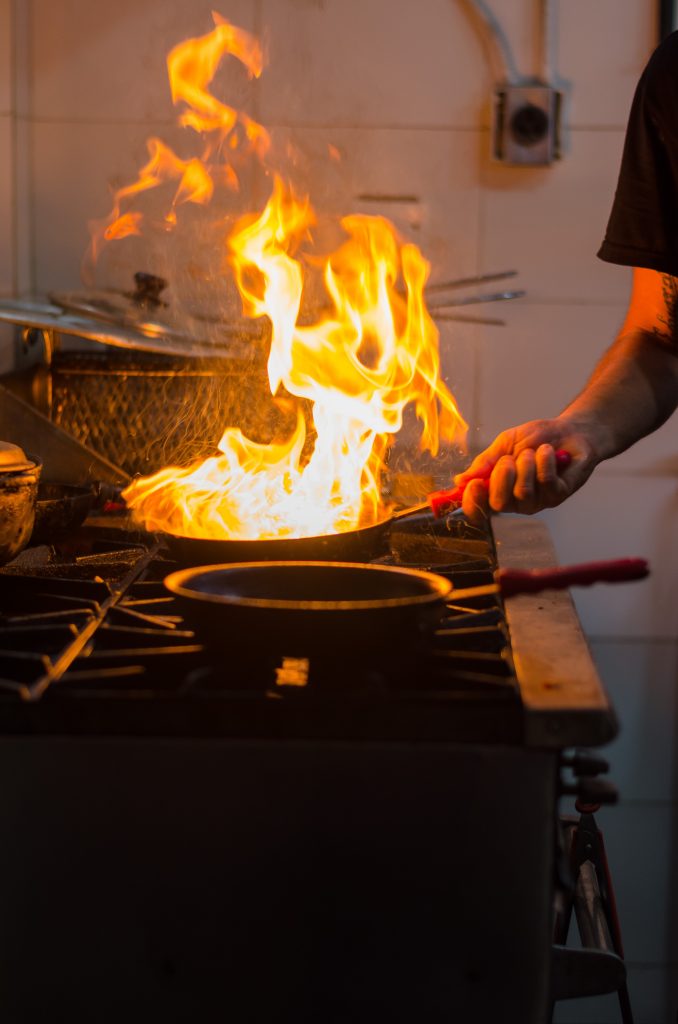
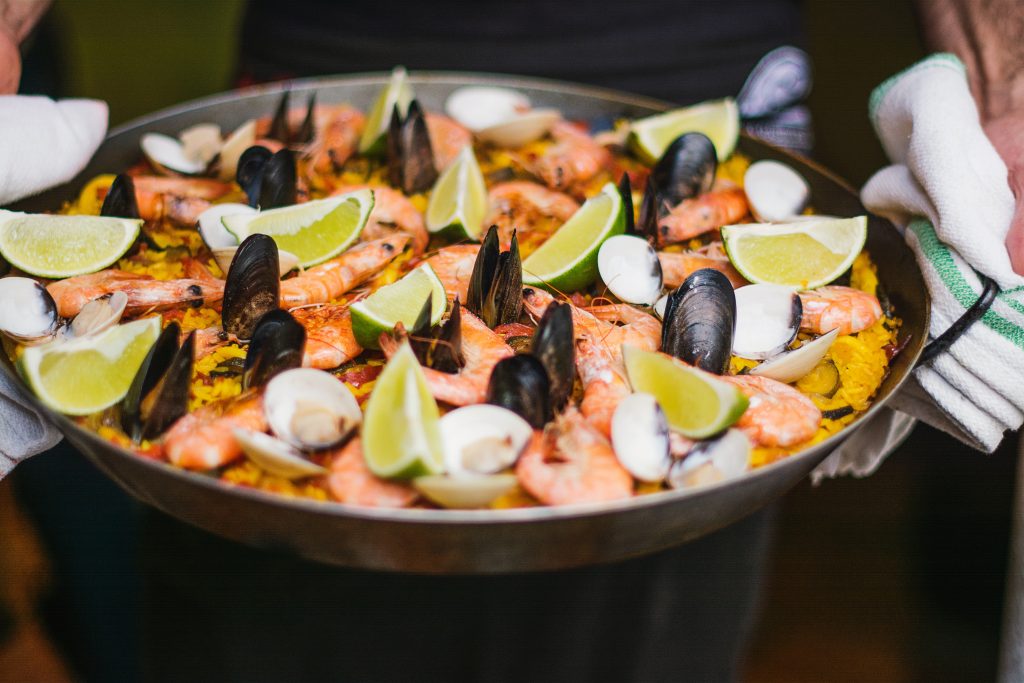
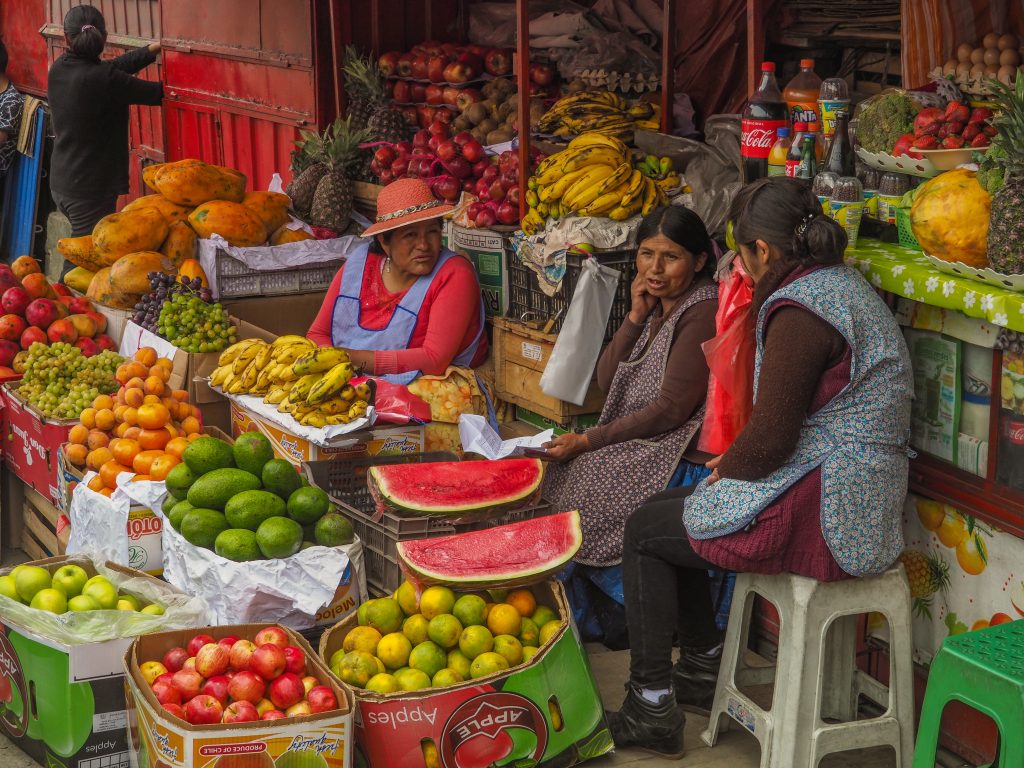
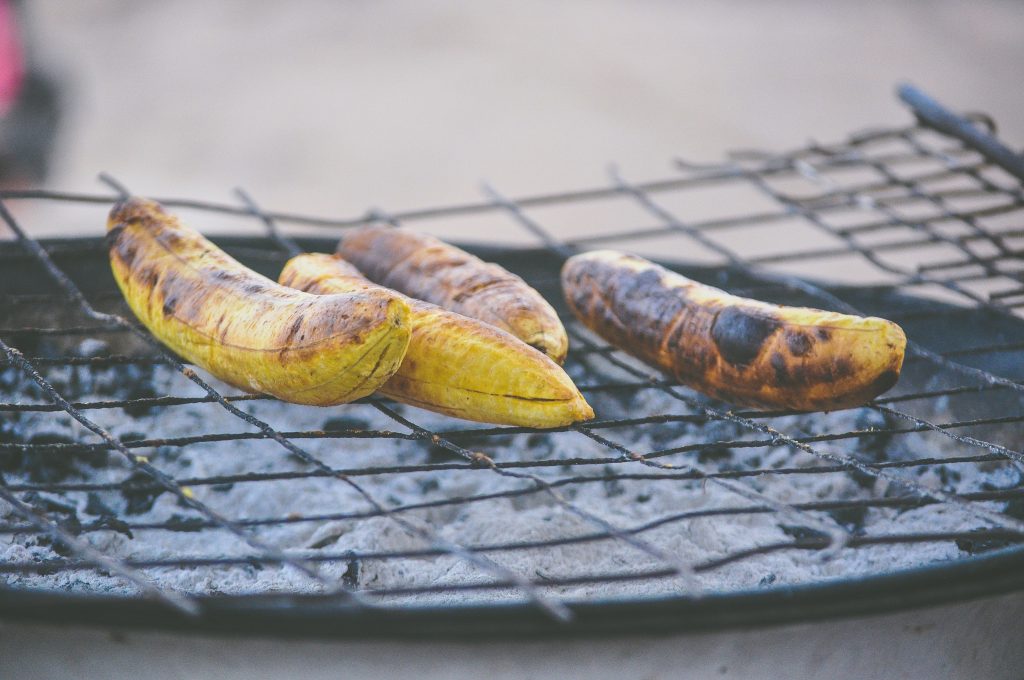
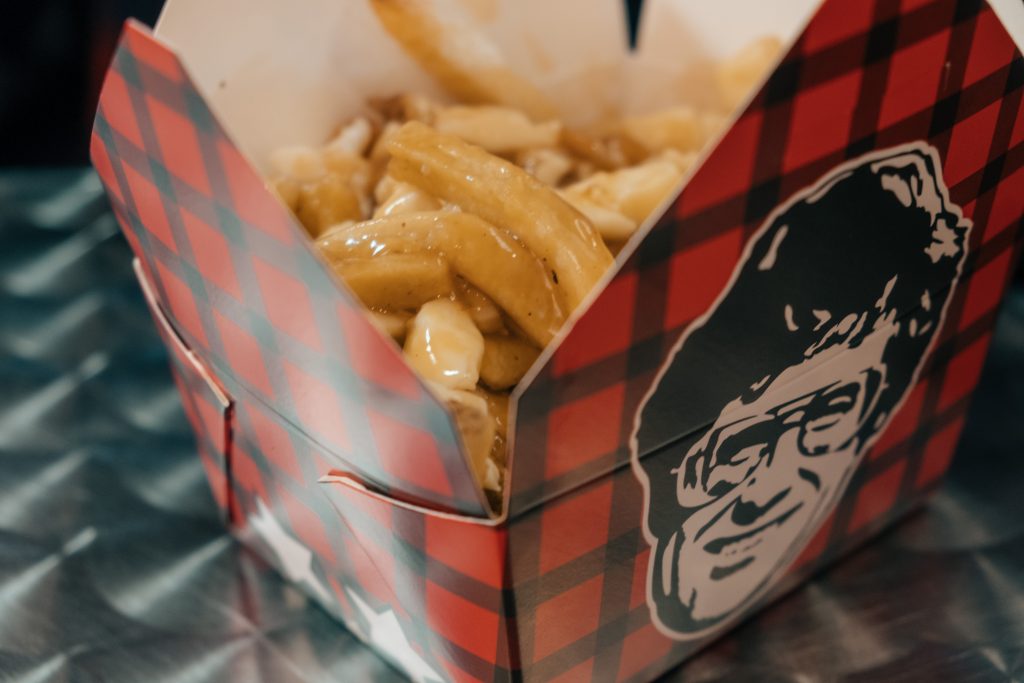


Leave a Reply